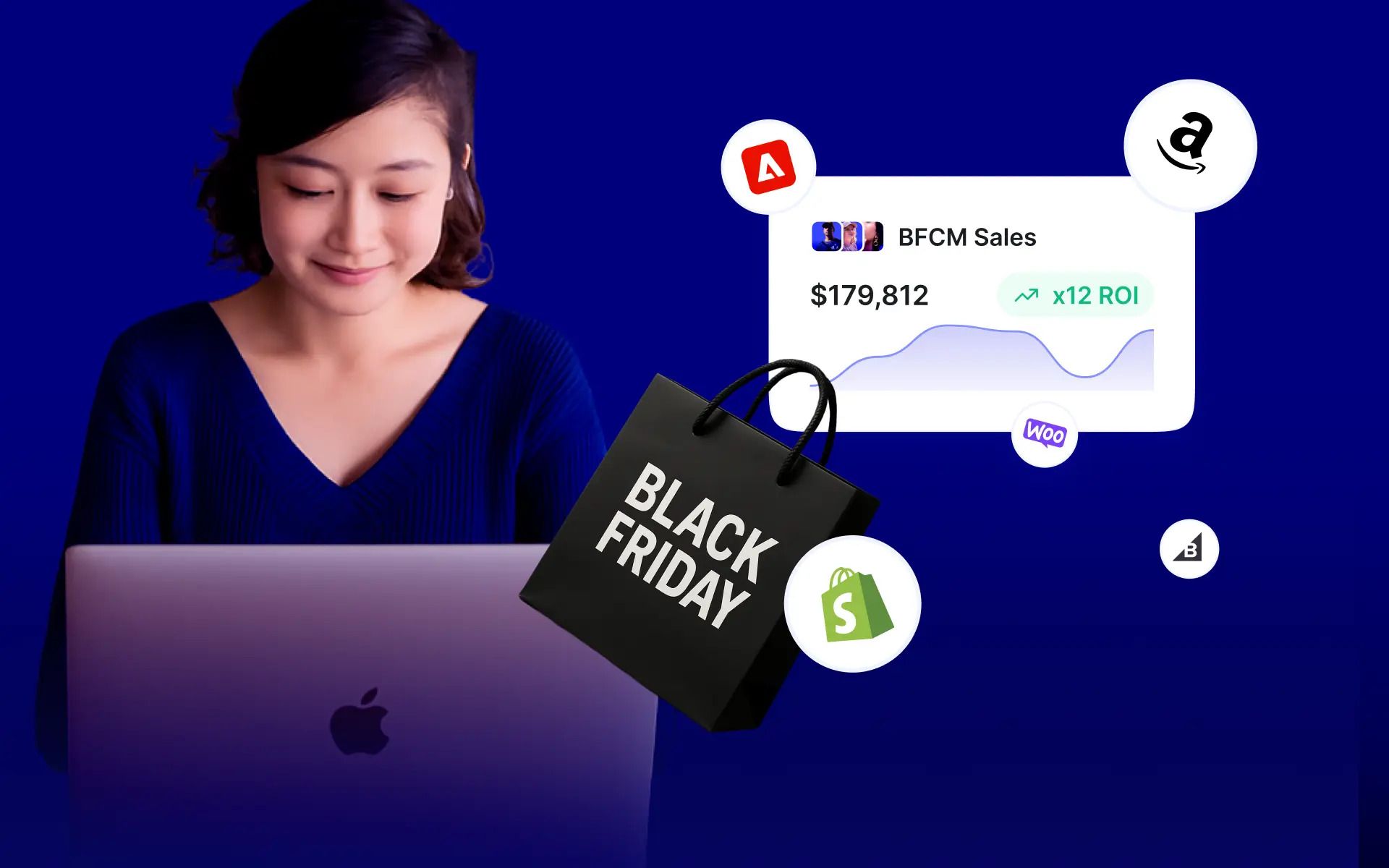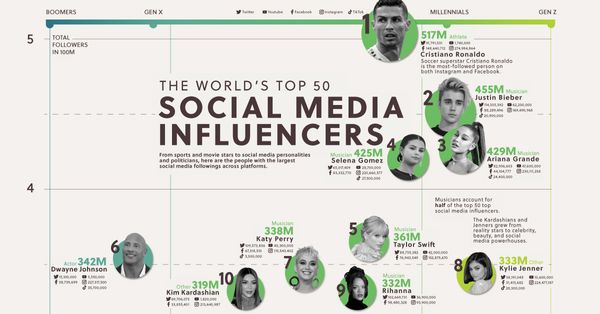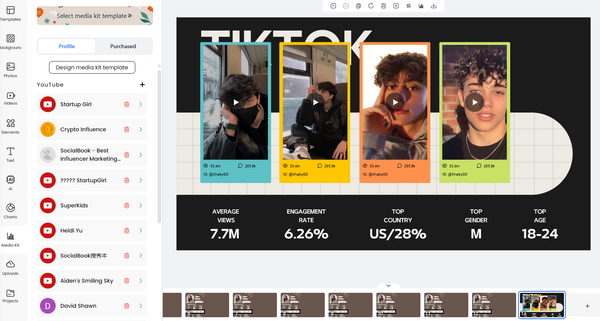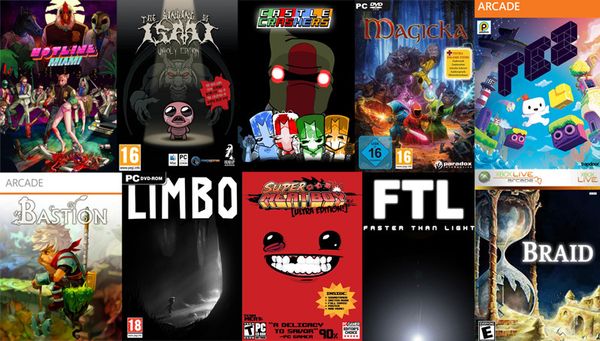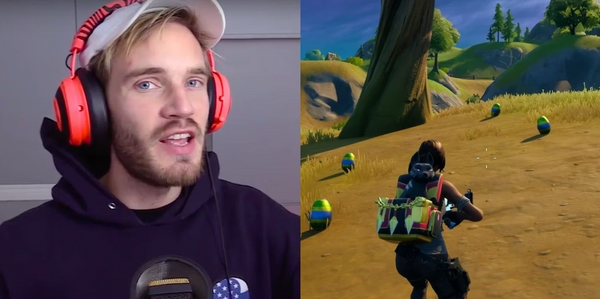Black Friday is coming up fast, and if you're not ready, you're going to get left behind. It's a crazy time for sales, and everyone's trying to grab attention. Using influencers can really help you stand out. But just throwing products at people won't work. You need a solid plan. This guide is here to help you figure out how to run a successful Black Friday influencer campaign, from start to finish, so you can actually see good results and make the most of the season.
Key Takeaways
- Start planning your Black Friday influencer campaign way ahead of time. This gives you more options for influencers and better rates.
- Don't just go for influencers with the biggest followings. Look for ones whose audience actually matches who you want to sell to and who get people talking.
- Be super clear about what you expect from the influencers. Give them all the details they need about your brand, your deals, and what kind of content you're looking for.
- Keep an eye on how your campaign is doing while it's running. Use special discount codes and track engagement to see what's working and what's not.
- After Black Friday is over, take time to look at all the results. Figure out which influencers and posts did the best so you can do even better next year.
Phase 1: Planning

Alright, Black Friday is coming up fast, and if you're not already thinking about it, now's the time to start. This is where we lay the groundwork for everything. Without a solid plan, you're basically just throwing spaghetti at the wall and hoping something sticks, which, let's be honest, rarely works out well, especially when every other brand is also trying to grab people's attention.
Set Campaign Goals and KPIs
First things first, what do you actually want to achieve? Don't just say 'more sales.' Get specific. Are you trying to boost overall revenue, increase the number of new customers, move specific inventory, or maybe get more eyes on a new product? Once you know your main goals, you need to figure out how you'll measure success. These are your Key Performance Indicators, or KPIs. They're the numbers that tell you if you're actually hitting your targets.
Think about things like:
- Sales Revenue: The total amount of money made from sales directly linked to the campaign.
- Conversion Rate: The percentage of people who saw your influencer's content and then made a purchase.
- Cost Per Acquisition (CPA): How much it costs you, on average, to get one new customer through the influencer campaign.
- Return on Ad Spend (ROAS): The revenue generated for every dollar spent on the influencer campaign.
- Website Traffic: How many people clicked through to your site from influencer posts.
- Engagement Rate: Likes, comments, shares, and saves on influencer content relative to their follower count.
Setting clear, measurable goals from the start is like having a map for your journey. Without it, you might end up somewhere, but it probably won't be where you intended to go. It also helps you justify your spending later on.
Research Your Target Audience
Who are you trying to reach with this Black Friday push? You probably have a general idea, but for influencer marketing, you need to get a bit more granular. Think about their demographics (age, location, gender), their interests, what social media platforms they hang out on, and what kind of content they actually like to consume. What are their pain points? What are they looking for during Black Friday sales?
Knowing your audience helps you pick influencers whose followers are actually likely to be interested in what you're selling. It's no use working with someone who has millions of followers if none of them are your potential customers. You want to find that sweet spot where your product meets their needs and interests.
Create Budget and Timeline
Okay, let's talk money and time. How much can you realistically spend on this whole influencer thing? This includes not just paying the influencers, but also any costs for sending products, potential agency fees, or any tools you might need. It's easy to overspend if you don't have a clear budget.
Here’s a rough breakdown of where your budget might go:
Expense Category | Estimated Cost | Notes |
|---|---|---|
Influencer Fees | $X,XXX | Based on rates and number of creators |
Product Seeding | $XXX | Cost of goods + shipping |
Agency/Platform Fees | $XXX | If applicable |
Content Boosting (Ads) | $XXX | Optional, to amplify influencer content |
Total Estimated Budget | $Y,YYY |
And then there's the timeline. Black Friday is a specific date, but the planning and execution take weeks, even months. You need to work backward from the big day. When do you need to start outreach? When should content be approved? When does it go live? Having a timeline keeps everyone on track and prevents that last-minute panic.
- 2-3 Months Before: Planning, goal setting, budget allocation, initial influencer research.
- 6-8 Weeks Before: Influencer outreach, negotiation, and initial agreements.
- 4-6 Weeks Before: Content creation begins, product seeding.
- 2-4 Weeks Before: Content review and approval, final briefing.
- 1 Week Before: Final checks, scheduling posts.
- Black Friday Week: Campaign goes live, monitoring, and engagement.
- Post-Black Friday: Performance analysis, reporting.
Getting these three things – goals, audience, and budget/timeline – sorted out now will save you a massive headache later. Seriously.
Phase 2: Finding and Choosing the right influencers
Finding the right people to partner with is super important. It’s not just about picking someone with a lot of followers; you need creators who genuinely connect with your audience and can actually get people excited about your deals. This is where your Black Friday Marketing Strategy really starts to take shape.
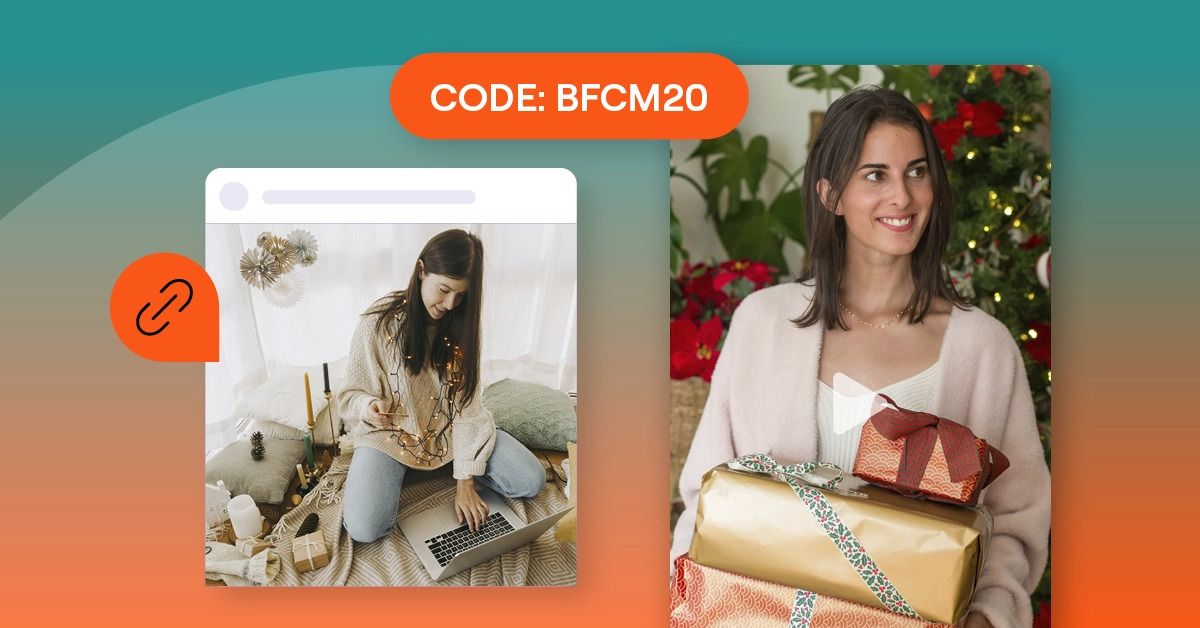
Define Your Selection Criteria
Before you even start looking, figure out what matters most for this campaign. Are you aiming for the biggest possible reach, or do you care more about how many people actually interact with the posts? Sometimes, smaller creators, often called micro influencers, can be gold. They tend to have a more dedicated following, and their recommendations can feel more real, which is great for a busy sales period.
Here’s a quick way to think about it:
- Reach: How many unique people will see the content?
- Engagement: How many likes, comments, shares, and saves are you getting relative to the follower count? This is your Influencer Engagement Rate.
- Niche Fit: Does the influencer talk about things related to your product or brand?
- Audience Demographics: Does their audience match who you want to sell to?
Evaluate Content and Audience Fit
Once you have a list of potential partners, take a good look at what they post. Does their style match your brand's vibe? Are their posts high quality? More importantly, check out the comments on their posts. Are people actually talking to them, asking questions, and showing interest? That's a much better sign than just a bunch of generic comments. Influencer Audience Alignment is key here.
Finding such creators, however, can be time-consuming. This is where tools like SocialBook add value, enabling you to efficiently identify the right influencers by filtering for engagement rate, audience demographics, location, content niche, and average views per post.
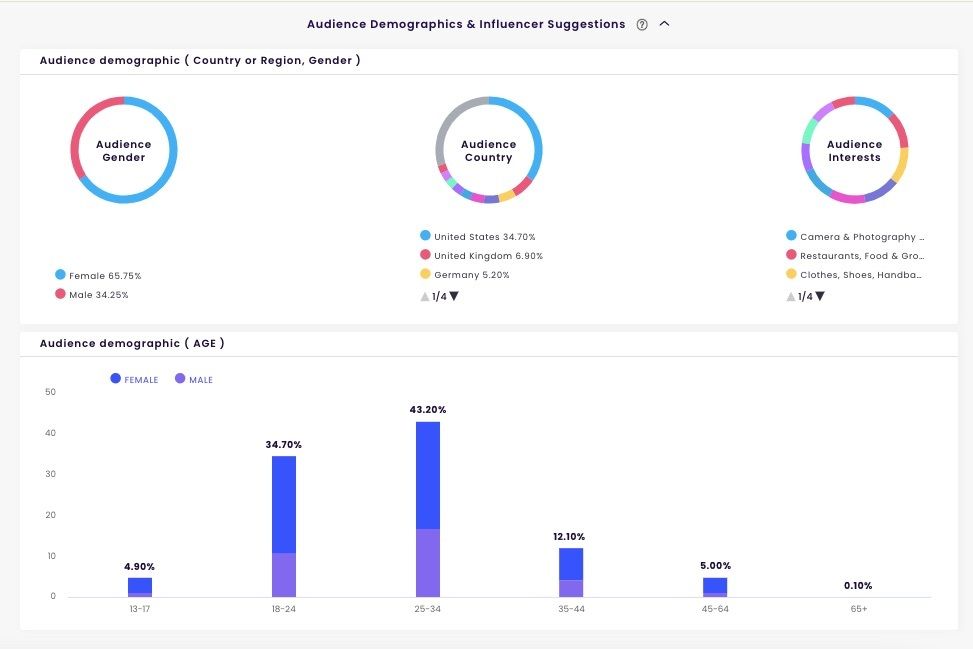
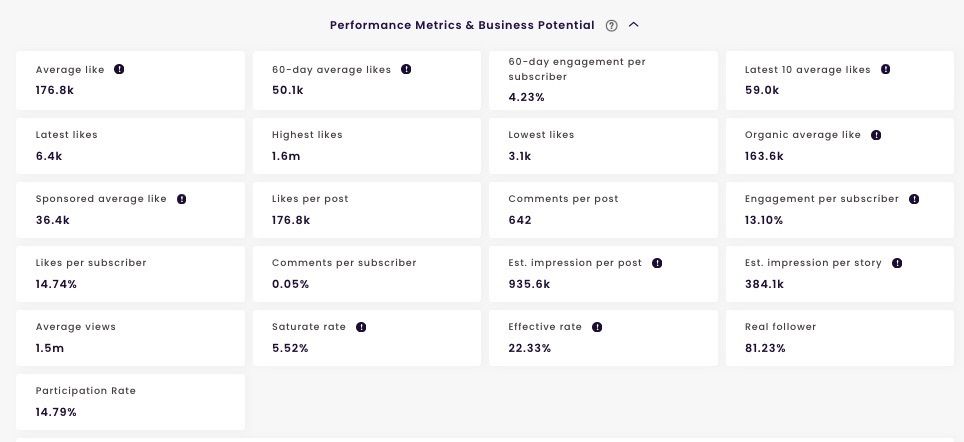
Check Seasonal Campaign Experience
It’s a good idea to see if these influencers have done this kind of thing before, especially for big sales events like Black Friday. Someone who has successfully run holiday campaigns likely knows how to create that sense of urgency and get content out on time. It shows they can handle the pressure of a tight schedule. You can often find this information by looking through their past sponsored posts. If you're looking to maximize e-commerce sales this Black Friday, working with experienced creators can make a big difference in your Black Friday marketing efforts.
Finding the right influencers is like finding the right ingredients for a recipe. You can have the best plan, but if your ingredients aren't right, the dish won't turn out well. Take your time here; it pays off later.
Phase 3: Outreach and Follow-up with Creators
Once you've found the perfect creators, it's time to get them on board. This part can feel a bit like speed dating, especially with Black Friday deadlines looming. You need to be quick, clear, and personal to stand out from all the other brands trying to grab their attention.
Personalized Outreach
Forget those generic copy-paste messages. Seriously, they just don't work anymore, especially during the busy holiday season. To get a creator to even glance at your offer, you've got to show you've actually done your homework. Mention a specific post of theirs you liked, explain why their audience seems like a great fit for your brand, and tell them why you think they'd nail your Black Friday campaign. This shows you're not just spamming everyone and makes them more likely to hit reply.
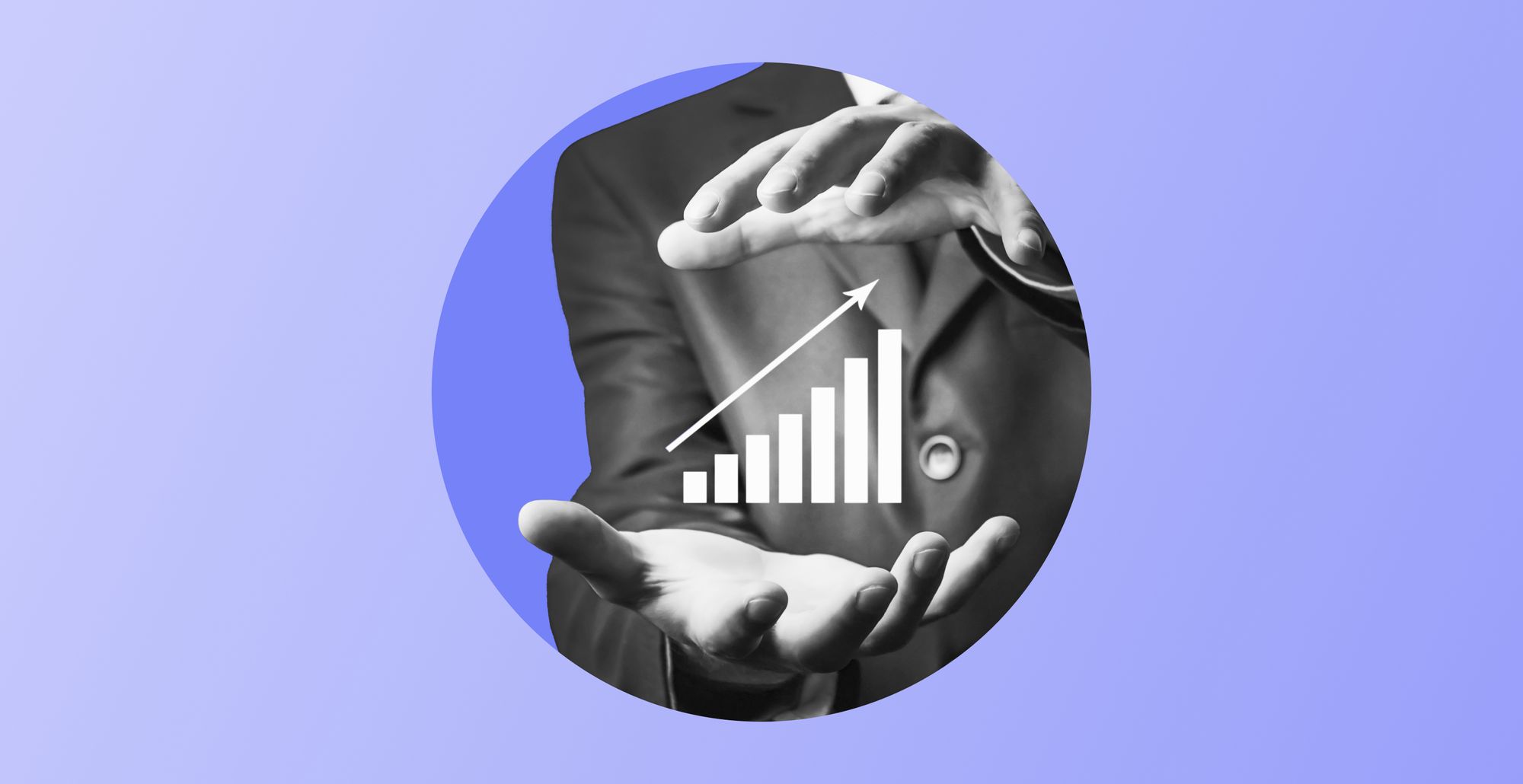
Clarify Campaign Requirements
Be super clear about what you need from them. This isn't the time for vague instructions. Lay out all the details: how long the sale runs, what makes your product special, what the discount codes are, and any must-haves like specific hashtags, disclosures (like #ad or #sponsored), or even how you want the product shown. The more upfront you are, the fewer questions you'll get later, and the smoother everything will run. This clarity is key to meeting your [Campaign Goals and KPIs].
Follow Up and Stay on Schedule
Don't just send one email and hope for the best. Keep track of who you've contacted and who hasn't responded. A gentle follow-up can make a big difference. It also helps you stay on top of your own deadlines. If you're using tools like SocialBook, you can often manage your outreach and track responses all in one place, which is a lifesaver when you're juggling multiple creators.
Making sure creators understand the specifics, like how to use affiliate links correctly and the exact discount they should promote, prevents confusion and ensures your campaign message is consistent. This attention to detail upfront saves a lot of headaches down the line.
Here’s a quick look at what to include in your initial outreach:
- Brand Introduction: Briefly introduce your brand and what you offer.
- Campaign Overview: Explain the Black Friday promotion and its goals.
- Creator Fit: Highlight why you chose them specifically.
- Key Deliverables: Mention the type of content expected (e.g., Stories, Reels, posts).
- Call to Action: Ask if they are interested and available.
Remember, building good relationships with influencers is about clear communication and mutual respect. Getting this phase right sets the stage for a successful collaboration.
Phase 4: Negotiation and Final Briefing

Alright, you've found your dream team of influencers. Now comes the part where you nail down the details. This is where things get real, and you want to make sure everyone's on the same page before the big BFCM Campaign push.
Negotiate Content and Payment Terms
This isn't the time for generic emails. Influencers get swamped during the holiday season, so your approach needs to be sharp and personal. Reference a specific post you liked, explain why their audience is a great fit for your brand, and be clear about what you're offering. Getting the terms right now saves a lot of headaches later.
Here's a quick look at what to discuss:
- Payment: What's the rate? Is it a flat fee, commission-based, or a mix? Make sure it reflects the influencer's reach and the scope of work.
- Content Deliverables: How many posts? What format (Reels, Stories, static posts)? What are the key messages you need them to include?
- Usage Rights: Can you reuse their content on your own channels? This is a big one for extending your campaign's reach.
- Timeline: When do you need the content drafted, approved, and posted?
Clarify Campaign Requirements
Once the money and content are sorted, you need to lay out all the specifics for the campaign. Think of this as the blueprint for their content.
- Sale Details: Clearly state the exact dates and times of your Black Friday and Cyber Monday sales.
- Discount Codes: Provide unique codes for each influencer to track sales and for their followers to use.
- Mandatory Elements: List any required hashtags (like #ad or #sponsored), specific calls-to-action, or brand mentions.
- Product Information: If they're showcasing products, give them key talking points, benefits, and any specific features to highlight.
- Brand Guidelines: Share your logo, brand colors, and any do's and don'ts for representing your brand.
It's super important to get all these details ironed out early. The more specific you are upfront, the less likely you are to have misunderstandings or last-minute changes that can mess up your carefully planned BFCM Campaign. Think of it as building a solid foundation before you start constructing the house.
Remember, influencers know their audience best. While you need to be clear about your goals, give them some creative freedom to make the content feel authentic. A quick call can often clear up more than a dozen emails, so don't be afraid to hop on the phone to finalize things.
Phase 5: Content Approval
Alright, we're getting close to the big day! This is the stage where you get to see what your influencers have put together before it goes live. It's all about making sure everything looks good and matches what you agreed on. This is your final chance to catch any mistakes or make small tweaks.
Think of it like this: you've sent out the briefs, the products are with the creators, and now they're sending you their drafts. You need a clear process for Content Approval so things don't get messy.
Here’s what you should be doing:
- Reviewing Drafts: Look over the photos, videos, and captions. Do they fit your brand's vibe? Are all the key messages included? Did they use the right hashtags?
- Checking for Accuracy: Make sure any discount codes, links, or product details are correct. A wrong code can really mess up sales.
- Providing Feedback: Be specific with your comments. Instead of saying 'make it better,' say 'please adjust the lighting on this product shot' or 'can you add a sentence about the free shipping?'
- Setting Deadlines: Tell your influencers when you need their drafts and when you'll get back to them with feedback. Stick to this schedule as much as possible.
It's also a good idea to have a backup plan. Sometimes, even with the best intentions, things go wrong. Having a couple of other creators ready to step in if needed can save your campaign.
Remember, the goal here is to ensure the content is polished and on-brand without being overly restrictive. Influencers know their audience best, so allow for their creative touch while keeping the campaign objectives in sight. This phase is about collaboration and final checks, not a complete overhaul.
Phase 6: Going Live
Alright, the moment we've all been waiting for is here. All that planning, all those calls, all that content creation – it all comes down to this. It's time for your influencer campaigns to go live. This is where you see all your hard work start to pay off, but it's also a time for a final, sharp check of the details.
It’s absolutely critical that every piece of content goes out exactly as planned.
Here’s what you need to be doing right now:
- Final Content Check: Before anything posts, do one last look-over. Make sure the right captions are used, the visuals look good, and importantly, that all the required disclosures like '#ad' or '#sponsored' are there. You don't want any trouble with that.
- Test Everything: Click on those discount codes and affiliate links yourself. Do they work? Do they go to the right place? Are the tracking links correct? A broken link can mean lost sales and wasted effort.
- Monitor Stock Levels: Keep a close eye on your inventory. If a featured product sells out, you need to be ready to pivot. Let the influencers know, or shift focus to other items. No point promoting something you don't have.
- Have Backups Ready: Even with the best plans, things can go wrong. An influencer might miss a deadline, or a post might get flagged. This is where your backup creators or pre-approved alternative content comes in handy. Be ready to deploy them if needed.
- Pay Up: Make sure your payment system is ready to go. Paying your creators on time, and correctly, is super important for keeping good relationships and making sure they'll work with you again.
This phase is less about making big changes and more about careful observation and quick reactions. Think of yourself as the conductor of an orchestra, making sure every instrument plays its part at the right moment, and stepping in if a note is missed.
Phase 7: Post-Mortem
The Black Friday frenzy might be over, but your work isn't quite done. This is the time to really dig into what happened and learn from it. Think of it as a debrief after a big event – you want to know what went well, what didn't, and how to do even better next time. This phase is where you turn your Black Friday efforts into lasting improvements for future campaigns.
First up, let's look at the numbers. Go back to those goals and key performance indicators (KPIs) you set way back in Phase 1. How did you do? Did you hit your sales targets? What was your cost per acquisition (CPA) or return on ad spend (ROAS)? It's important to factor in all the costs here – not just the influencer fees, but also any product samples or shipping costs. Breaking down the results by individual influencer, by platform (like Instagram vs. TikTok), and by the type of content they posted will show you exactly what worked best.
Here's a quick look at how you might track performance:
Metric | Target | Actual | Variance |
|---|---|---|---|
Total Sales | $50,000 | $55,000 | +10% |
CPA | $15 | $12 | -20% |
ROAS | 3:1 | 3.5:1 | +16.7% |
New Customers | 1,000 | 1,150 | +15% |
Next, identify your star players. Who were the influencers that not only drove sales but also created really engaging content, were professional, and met all their deadlines? Compare different content formats – did Reels outperform Stories? Did TikTok videos get more traction than YouTube shorts? Document everything that seemed to contribute to success: specific hashtags, the messaging they used, and the times they posted.
Don't forget to ask the influencers themselves for their thoughts. What did they think of the brief? Was communication clear? How was the overall process? They're not just channels for your message; they're partners who see things from a different angle. Also, have a chat with your own team. What were the big wins? What were the challenges? What could be done differently? Keep all these notes in a shared place so you don't forget them for next year.
Building strong relationships with your creators is just as important as the campaign itself. A positive experience for them means they're more likely to work with you again, and potentially at a better rate or with more enthusiasm.
Finally, reach out to your top-performing influencers. Thank them for their hard work and talk about the possibility of working together again, maybe on a more long-term basis. Sometimes offering them early access to new products or exclusive partnership opportunities can go a long way.
Time to Go Conquer Black Friday!
A successful Black Friday influencer campaign doesn’t end when the sales do. The insights you gain and the relationships you build are what set the stage for future wins. By planning strategically, partnering with the right creators, and learning from your data, you turn a seasonal push into a lasting advantage.
Ready to streamline the entire process—from discovery to performance tracking? SocialBook provides the data-driven edge you need to build smarter, more effective influencer campaigns, not just for Black Friday, but all year round.
Frequently Asked Questions
When should I start planning my Black Friday influencer campaign?
It's best to start planning your Black Friday influencer campaign as early as possible, ideally 2-3 months before the event. This gives you plenty of time to set goals, find the right influencers, negotiate terms, and create content without feeling rushed.
Should I only work with big influencers for Black Friday?
Not necessarily! While big influencers can reach a lot of people, smaller influencers (micro-influencers) often have a more dedicated audience that trusts their recommendations. They can be great for reaching specific groups of people who are really interested in what you offer.
How do I know if an influencer is a good fit for my brand?
Look at their content to see if it matches your brand's style and message. Also, check if their followers are the kind of people you want to reach. Do their followers seem interested in products like yours?
What's the best way to track if my influencer campaign is working?
Using unique discount codes for each influencer is a great way to see exactly how many sales they're driving. You can also track likes, comments, shares, and website visits to see how much people are engaging with the content.
What are some common mistakes to avoid during Black Friday influencer marketing?
Some common mistakes include only focusing on big influencers, not caring about the quality of the content, not tracking results, and forgetting to add a festive holiday feel to your campaigns. Also, make sure the influencer's audience actually matches your target customers.
Besides sales, what other goals can I have for my Black Friday influencer campaign?
You can also aim to increase your brand's visibility, get more people to visit your website, build excitement around your products, and even gain new, loyal customers who will stick around long after Black Friday is over.

